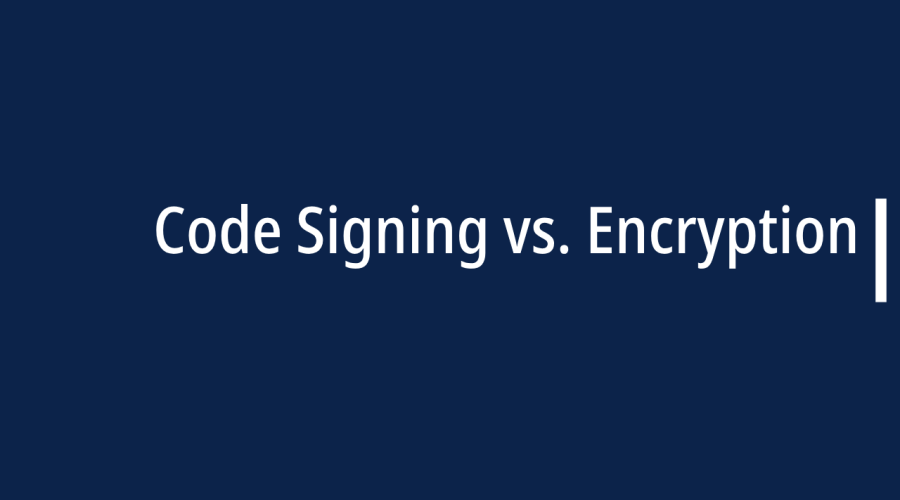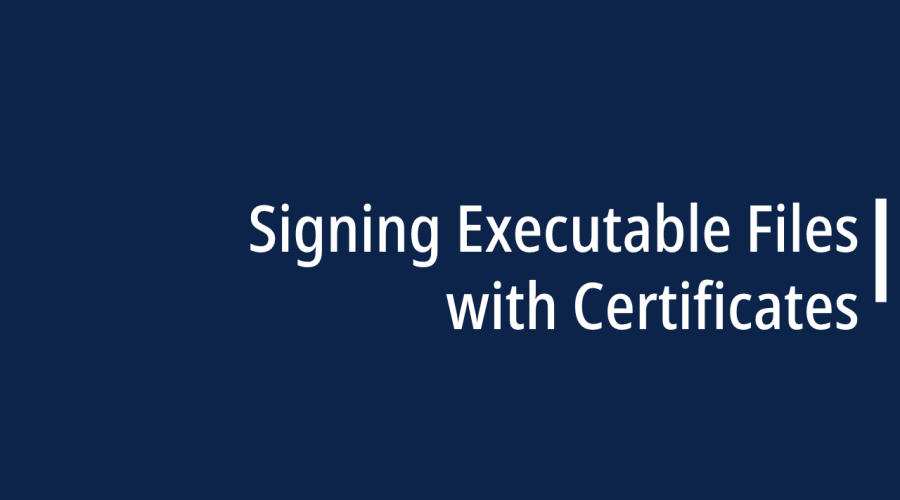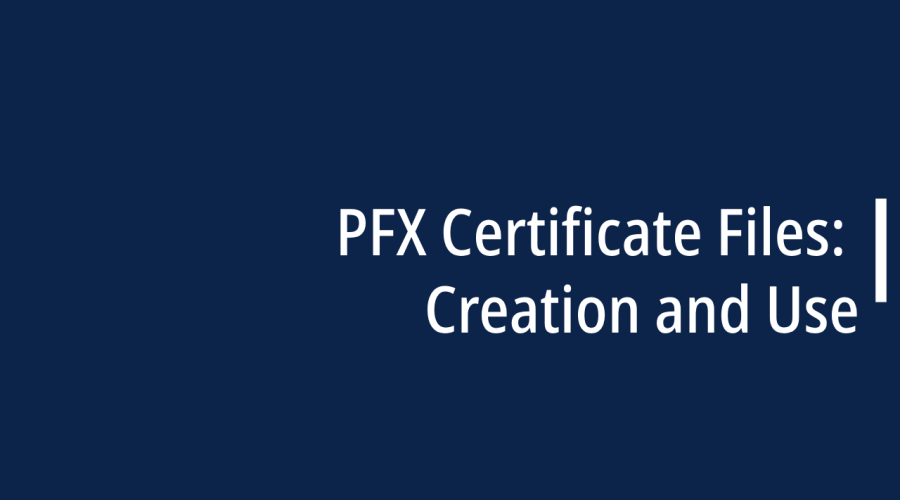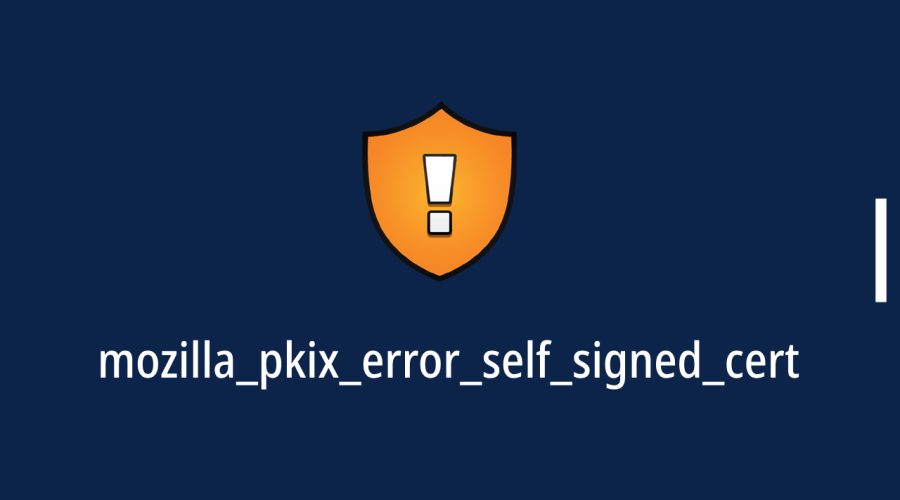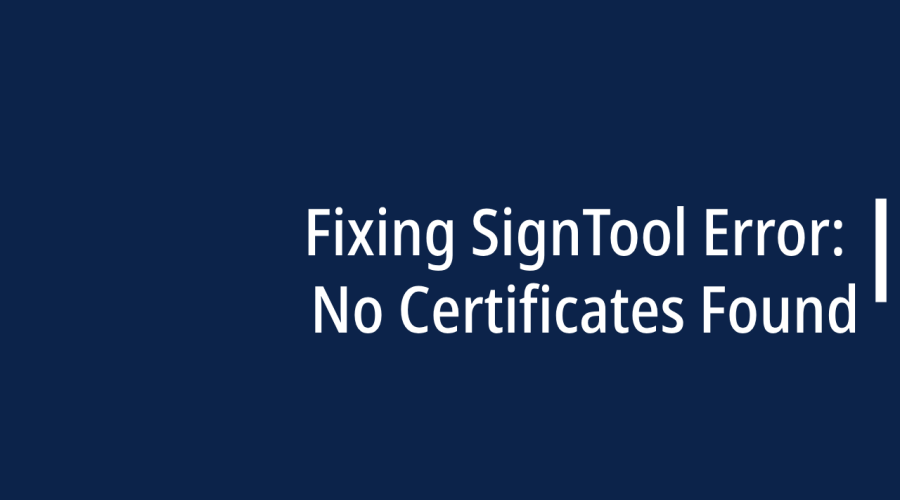Code Signing vs. Encryption: Understanding the Key Differences
In the ever-evolving landscape of software security, two essential concepts, code signing and encryption, often take center stage. While both play crucial roles in protecting digital assets, it's essential to understand their differences to use them effectively. In this blog post, we'll provide a brief explanation of code signing and
Read moreThe Definitive Guide to OWASP Top 10 Vulnerabilities: Strengthening Your Cybersecurity
OWASP stands for the Open Web Application Security Project. It's a nonprofit organization focused on improving the security of software. One of OWASP's key contributions to the field of cybersecurity is the OWASP Top 10. This list serves as a guide for understanding and addressing the most critical web application
Read moreHow to Fix SSL Error on Firefox – A Complete Guide
Fixing SSL errors in Mozilla Firefox can be crucial for ensuring secure and smooth browsing. SSL errors typically occur when Firefox encounters issues with the security certificate of a website. Here's a comprehensive guide on how to fix SSL errors in Firefox: Firefox SSL Error – 1 How to Fix
Read moreCode Signing for Mobile Apps: A Crucial Step in App Store Approval
Mobile apps have become an integral part of our daily lives, offering solutions to a myriad of problems and enhancing our digital experiences. Behind the scenes, however, there are essential processes that ensure the apps we use are safe, secure, and trustworthy. One of these crucial processes is code signing
Read moreHow to Sign Executable Files with a Code Signing Certificate?
Code signing is a critical practice for software developers and organizations, ensuring that executable files are both authentic and tamper-proof. By signing your executables with a code signing certificate, you establish trust with your users and protect your software from malicious alterations. In this detailed guide, we'll walk you through
Read morePFX Certificate Files Creation and Utilization for Enhanced Security
A PFX certificate file, also known as a Personal Information Exchange file, is a binary format used to store a private key, public key, and the associated digital certificate in a single file. These files are commonly used for securing communications, encrypting data, and authenticating users or services in various
Read moreResolving SignTool.exe Not Found Error A Comprehensive Guide
The "SignTool.exe Not Found" error occurs when your system cannot locate the SignTool.exe utility, which is essential for code signing. This utility is part of the Windows Software Development Kit (SDK) and is commonly used for signing executables and scripts. What is SignTool.exe? Before diving into troubleshooting, let's understand what
Read moreHow to solve mozilla_pkix_error_self_signed_cert error?
The "mozilla_pkix_error_self_signed_cert" error is encountered when using the Mozilla Firefox web browser to access a website that employs a self-signed SSL certificate. SSL certificates are crucial for securing the connection between your browser and a website, and they are typically issued by trusted Certificate Authorities (CAs) to verify a website's
Read moreSignTool Error No Certificates Were Found That Met All the Given Criteria
If you've encountered the "SignTool Error: No Certificates Were Found That Met All the Given Criteria" message, don't worry, you're not alone. This error can be a roadblock when you're trying to sign your software. In this guide, we'll walk you through what this error means, why it happens, and
Read moreUnderstanding Checksums: A Simple Explanation of What They Are
A checksum is a digital value or code generated from a data set, typically a file or a piece of data, using a specific algorithm. It is used primarily to verify data integrity and detect errors that may occur during data transmission or storage. Checkums work by performing a mathematical
Read more